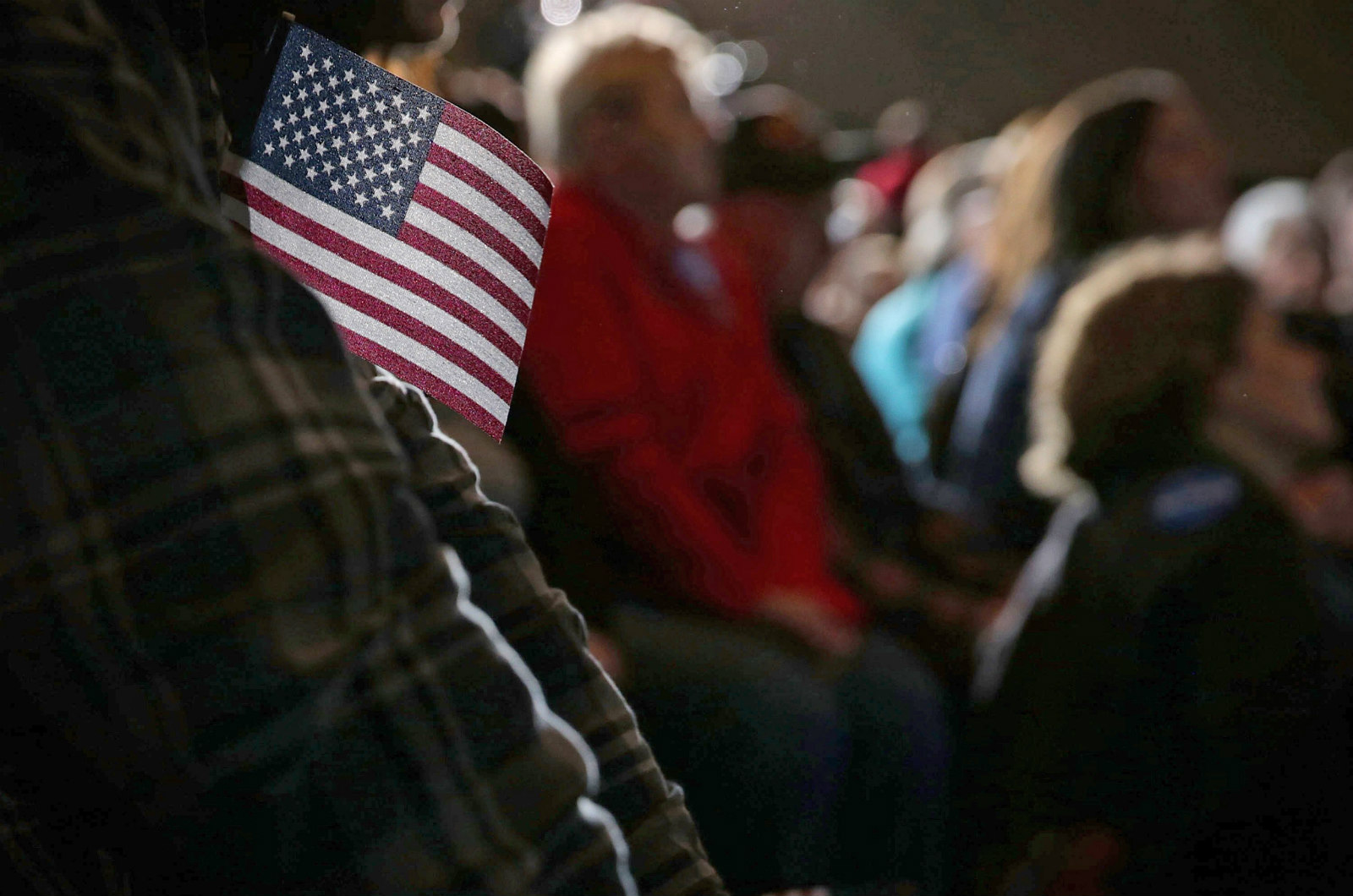WEST LONG BRANCH, N.J.–Unless you live in one of the few remaining states where caucus voting is used, you probably aren’t too familiar with the system. It’s a pretty archaic method, where voters gather in public buildings and essentially either raise their hands or stand in groups to cast a vote for their candidate of choice. Behind this lies mass confusion and fancy political jargon that help further determine the winners of the caucus.
This past Monday, Iowa held their caucuses, marking the first primary election of 2016. If you’ve made any contact with the outside world this week, you probably know this. Every news outlet in the country has been broadcasting about the caucus like it’s the final episode of “The Bachelor.” Trump or Cruz? Clinton or Sanders? Who will get the rose? The drama is more than this writer can take.
But, this spectacle is decorated with statistics and facts and polls and old people in suits–so it’s not exactly as outwardly appealing as “The Bachelor.” You might be wondering, “Why should I care about the results of the primary in Iowa? I didn’t even know people actually lived there!” Well surprisingly, they do, and roughly 420,000 of them showed up to voice their opinions.
It’s unrealistic to completely rely on the results from one Midwestern state to determine how the rest of the elections will pan out, despite what the media likes to advertise. However, they can give us an idea of what to expect. Here are the highlights of what the results are saying so far:
For the Republican side, Iowa has decided to put their faith in Ted Cruz. Donald Trump’s unusual tactics of skipping the last debate and campaigning largely via free media didn’t convince this state of his political appeal (whatever that may be). Trump tends to target new–and likely uninformed–voters in his outreach, but only 30% of first time caucus voters took his side. Cruz captured the appeal of the Christian community, taking 34% of their votes. Trump and Marco Rubio split the rest, ultimately proving that the fight for the Republican nomination will chiefly occur at the fists of these three contenders.

The Democratic race proved to be more bipolar, with Hilary Clinton beating out Bernie Sanders by a mere 0.3%. That subtle victory was likely thanks to the majority turnout of voters over the age of 45. Age seems to be the main battle of the candidates, with 45 being about the age where the line is drawn.
Sanders swipes the youth, with 84% of voters under 30 supporting his cause. Clinton, on the other hand, took more than half of the votes from those ages 65 and up. This means that in a state with a higher under-30 turnout, Sanders could realistically sink the win. He proved himself a serious threat to front-runner Clinton, and overall surprised the nation with his heavy influence. Iowa showcased how even the split among the Democratic Party really is – leaving poor ol’ Martin O’Malley out of consideration.
We still have a long way to go before candidates are finally chosen. The Iowa caucuses illustrated the trends we’re likely to see as the rest of the states lock in their nominations. Much is yet to be determined, but one thing is for certain–if you want your voice to be heard, you better go vote.




